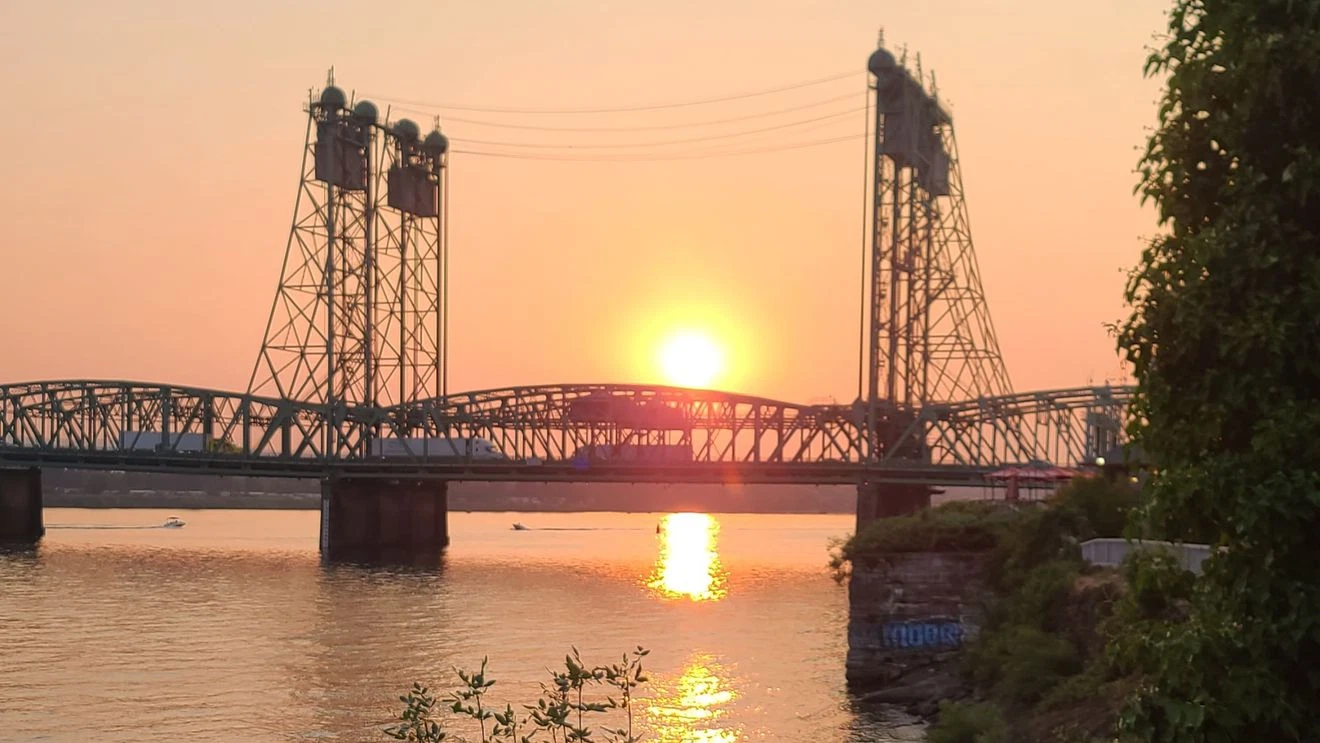PORTLAND, Ore. (KATU) — After years of planning, delays, and political debate, the long-awaited replacement of the Interstate 5 Bridge connecting Portland, Oregon, and Vancouver, Washington, is finally moving closer to reality. Project leaders now say construction is on track to begin in 2026, pending final federal approvals.
Federal Approvals Expected
Greg Johnson, coordinator of the Interstate Bridge Replacement Program, announced this week that the project team anticipates securing federal government approval and a finalized environmental impact statement in 2026. These approvals are critical for moving the project from the planning phase into active construction.
The announcement followed an update presented to the bi-legislative committee overseeing the project, which has been tasked with ensuring cooperation between the two states.
Also Read
Coast Guard Decision Looms
One of the next major hurdles involves an application to the United States Coast Guard (USCG), which must decide whether the new bridge will be a fixed span at 116 feet or a movable span that allows ships to pass through.
“That will tell us whether they will allow us to build a fixed span at 116 feet or we will be required to build another moveable span,” Johnson explained. “We’re moving both of those options forward.”
The decision carries significant weight, as choosing a movable span could dramatically affect both the cost and construction timeline of the project.
Urgency of the Timeline
Officials have long stressed the importance of keeping the project on schedule. Vancouver Mayor Anne McEnery-Ogle has been one of the most vocal advocates for urgency, warning that delays could prove enormously costly.
She has pointed out that every day of postponement could cost the project $1 million, citing inflation, labor expenses, and supply chain disruptions as key factors.
Moreover, missing the 2027 in-water work window—a seasonal timeframe when construction can proceed without disrupting salmon migration in the Columbia River—could set the project back by an entire year. “We simply can’t afford another delay,” McEnery-Ogle emphasized.
A Project Decades in the Making
The Interstate 5 Bridge is a crucial transportation link between Oregon and Washington, serving as a lifeline for commuters, freight, and interstate travel. But the current structure, parts of which date back more than a century, has long been considered outdated and vulnerable.
Efforts to replace the bridge have spanned decades, facing challenges ranging from environmental reviews and political disagreements to concerns over tolling costs. Earlier proposals collapsed under the weight of disputes between the two states, making the current momentum especially significant.
Looking Ahead
With approvals expected in 2026 and a construction start date within reach, officials say they are optimistic the project will finally move forward after years of uncertainty.
Still, questions remain over tolling costs, construction logistics, and funding. Some experts have already warned that tolls could climb as high as $20 during peak travel times, sparking concern among drivers who rely on the bridge for daily commutes.
Despite those challenges, project leaders say the focus must remain on meeting deadlines and delivering a modern, reliable crossing that can handle the region’s growing transportation demands.
As Johnson put it: “We’re at a critical point. Now is the time to move forward so we can finally provide the Northwest with the bridge it needs for the future.”












